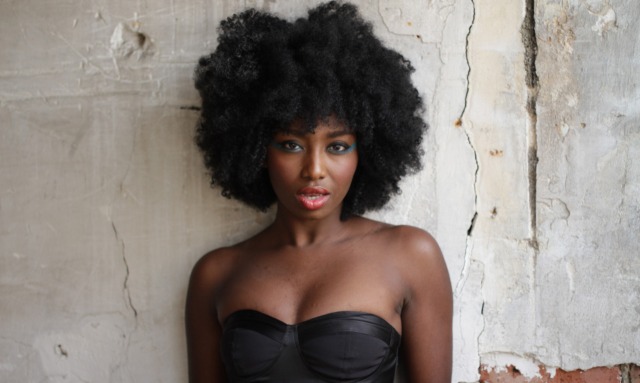New theory on why men love breasts
- Posted on
- Comment
 Why do straight men devote so much headspace to those big, bulbous bags of fat drooping from women’s chests? Scientists have never satisfactorily explained men’s curious breast fixation, but now, a neuroscientist has struck upon an explanation that he says “just makes a lot of sense.”
Why do straight men devote so much headspace to those big, bulbous bags of fat drooping from women’s chests? Scientists have never satisfactorily explained men’s curious breast fixation, but now, a neuroscientist has struck upon an explanation that he says “just makes a lot of sense.”
Larry Young, a professor of psychiatry at Emory University who studies the neurological basis of complex social behaviors, thinks human evolution has harnessed an ancient neural circuit that originally evolved to strengthen the mother-infant bond during breast-feeding, and now uses this brain circuitry to strengthen the bond between couples as well. The result? Men, like babies, love breasts.
When a woman’s nipples are stimulated during breast-feeding, the neurochemical oxytocin, otherwise known as the “love drug,” floods her brain, helping to focus her attention and affection on her baby. But research over the past few years has shown that in humans, this circuitry isn’t reserved for exclusive use by infants.
Recent studies have found that nipple stimulation enhances sexual arousal in the great majority of women, and it activates the same brain areas as vaginal and clitoral stimulation. When a sexual partner touches, massages or nibbles a woman’s breasts, Young said, this triggers the release of oxytocin in the woman’s brain, just like what happens when a baby nurses. But in this context, the oxytocin focuses the woman’s attention on her sexual partner, strengthening her desire to bond with this person.
In other words, men can make themselves more desirable by stimulating a woman’s breasts during foreplay and sex. Evolution has, in a sense, made men want to do this.
Attraction to breasts “is a brain organization effect that occurs in straight males when they go through puberty,” Young told Life’s Little Mysteries. “Evolution has selected for this brain organization in men that makes them attracted to the breasts in a sexual context, because the outcome is that it activates the female bonding circuit, making women feel more bonded with him. It’s a behavior that males have evolved in order to stimulate the female’s maternal bonding circuitry.”
So, why did this evolutionary change happen in humans, and not in other breast-feeding mammals? Young thinks it’s because we form monogamous relationships, whereas 97 percent of mammals do not. “Secondly, it might have to do with the fact that we are upright and have face-to-face sex, which provides more opportunity for nipple stimulation during sex. In monogamous voles, for example, the nipples are hanging toward the ground and the voles mate from behind, so this didn’t evolve,” he said. “So, maybe the nature of our sexuality has allowed greater access to the breasts.”
Young said competing theories of men’s breast fixation don’t stand up to scrutiny. For example, the argument that men tend to select full-breasted women because they think these women’s breast fat will make them better at nourishing babies falls short when one considers that “sperm is cheap” compared with eggs, and men don’t need to be choosy.
But Young’s new theory will face scrutiny of its own. Commenting on the theory, Rutgers University anthropologist Fran Mascia-Lees, who has written extensively about the evolutionary role of breasts, said one concern is that not all men are attracted to them. “Always important whenever evolutionary biologists suggest a universal reason for a behavior and emotion: how about the cultural differences?” Mascia-Lees wrote in an email. In some African cultures, for example, women don’t cover their breasts, and men don’t seem to find them so, shall we say, titillating.
Young says that just because breasts aren’t covered in these cultures “doesn’t mean that massaging them and stimulating them is not part of the foreplay in these cultures. As of yet, there are not very many studies that look at [breast stimulation during foreplay] in an anthropological context,” he said.
Young elaborates on his theory of breast love, and other neurological aspects of human sexuality, in a new book, “The Chemistry Between Us” (Current Hardcover, 2012), co-authored by Brian Alexander.
| Credit: livescience.com |










 (Selorm) |
(Selorm) |  (Nana Kwesi)
(Nana Kwesi)